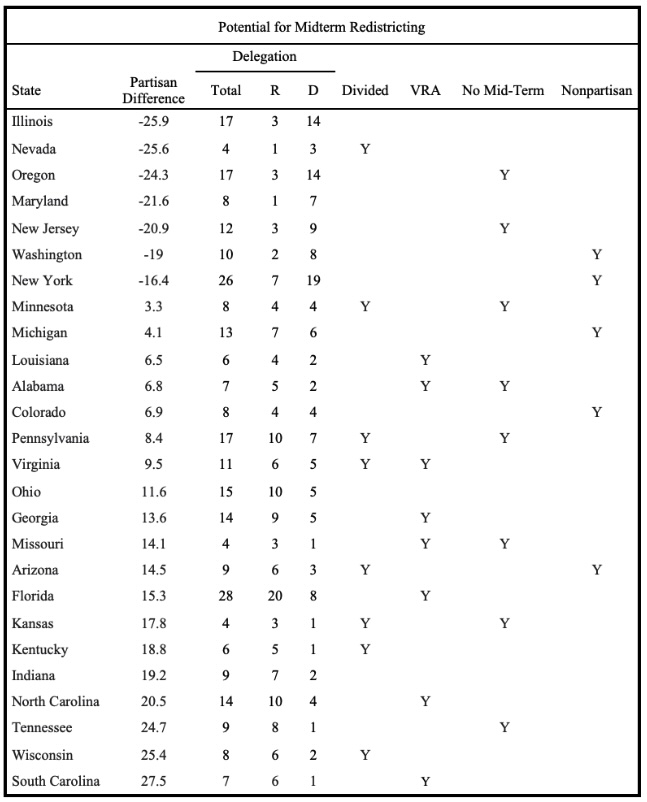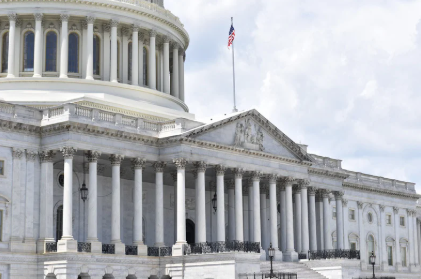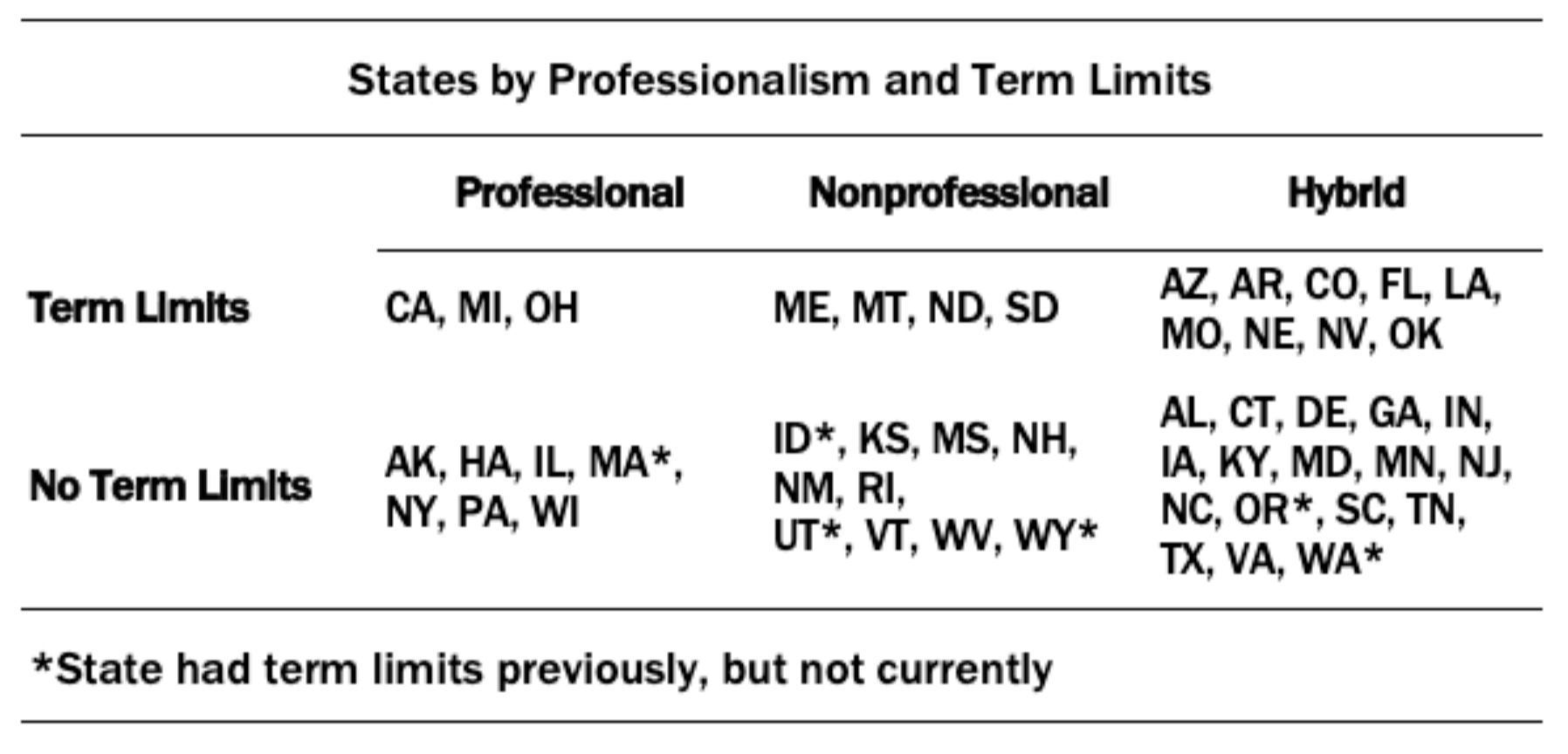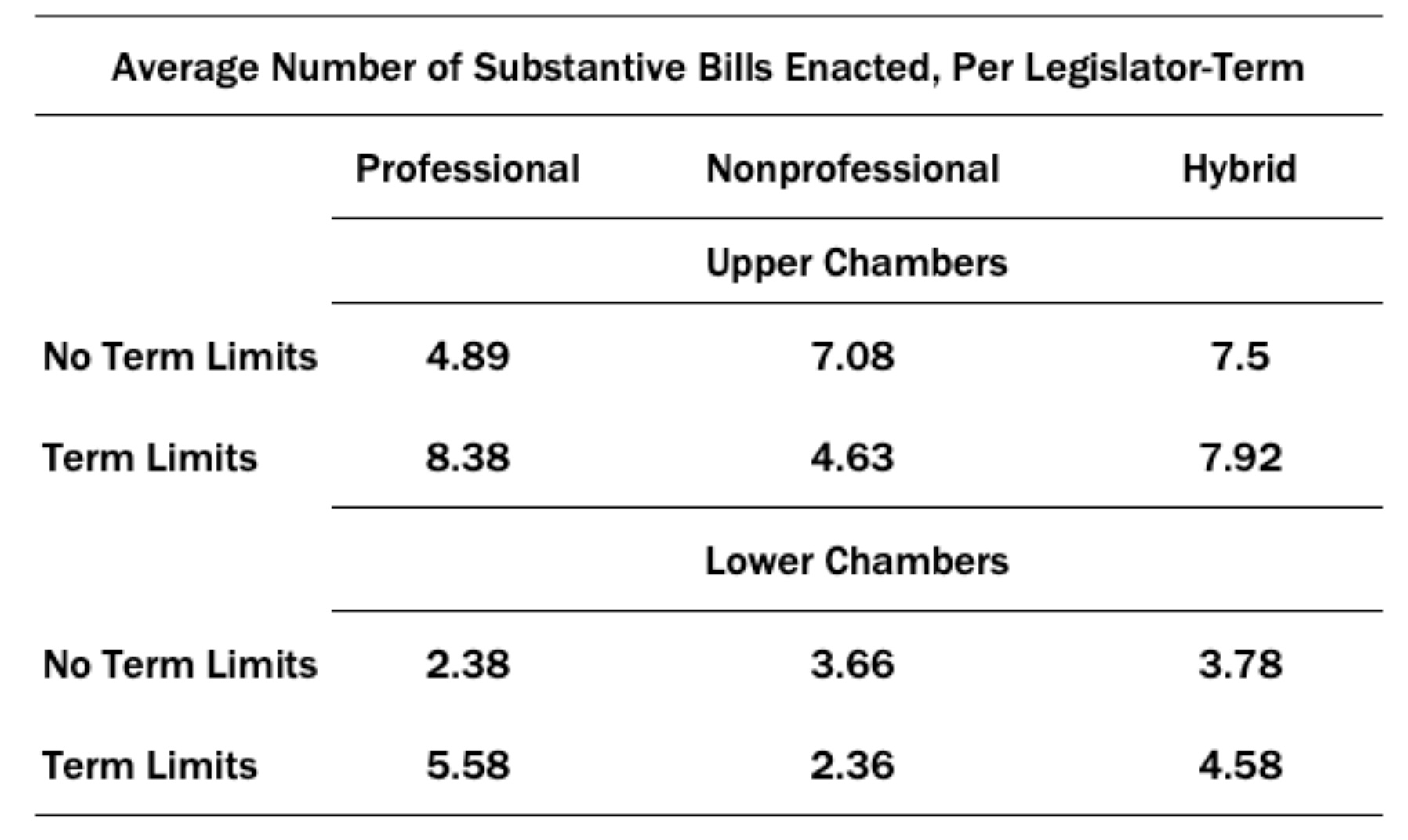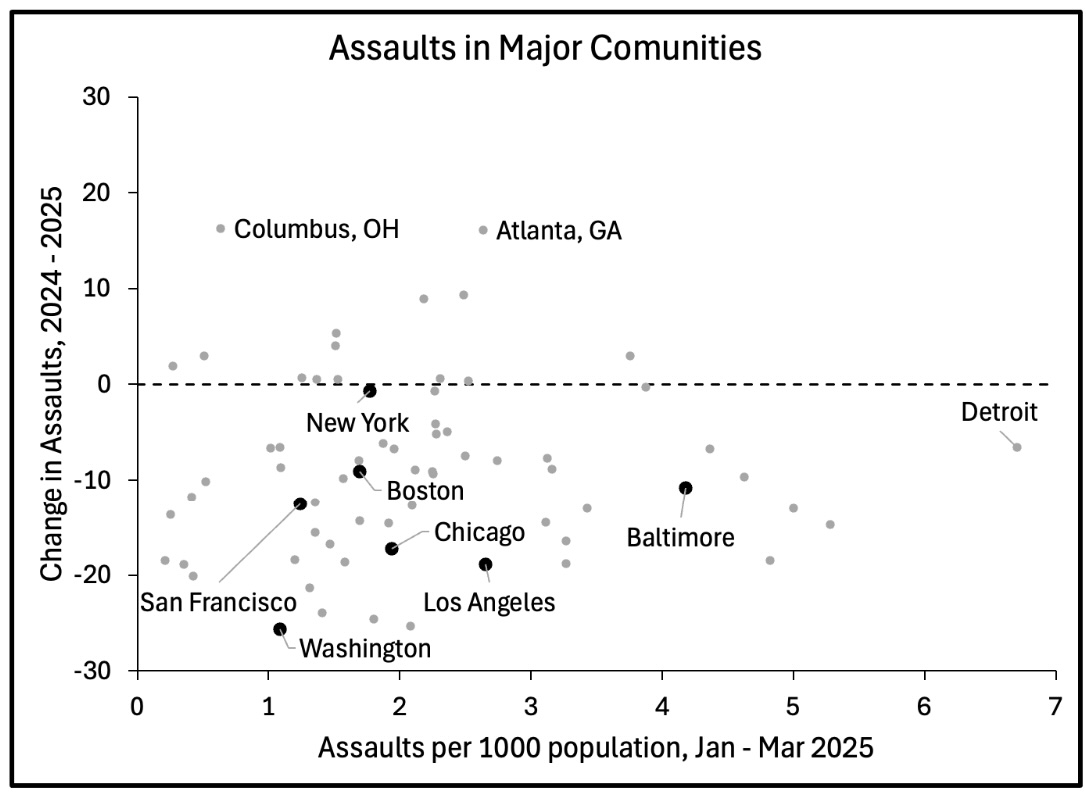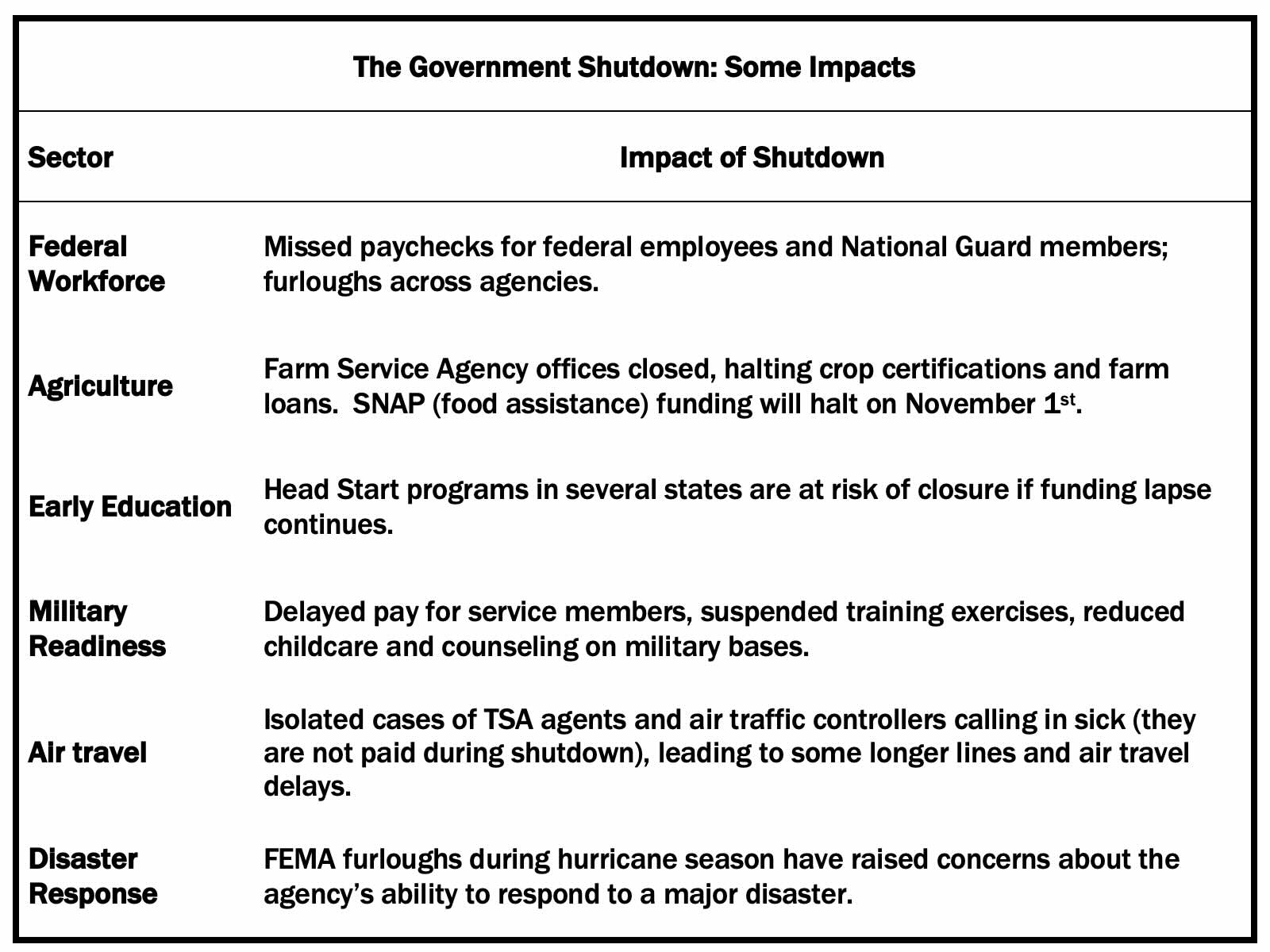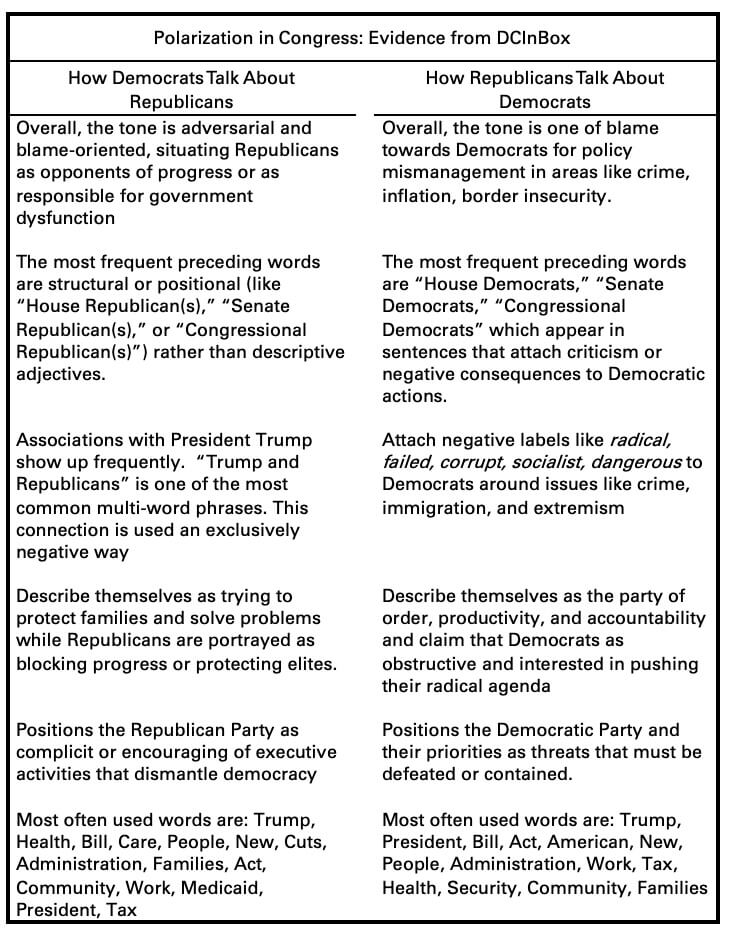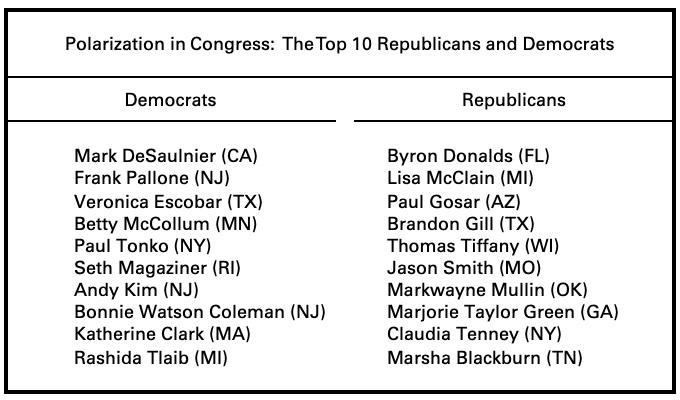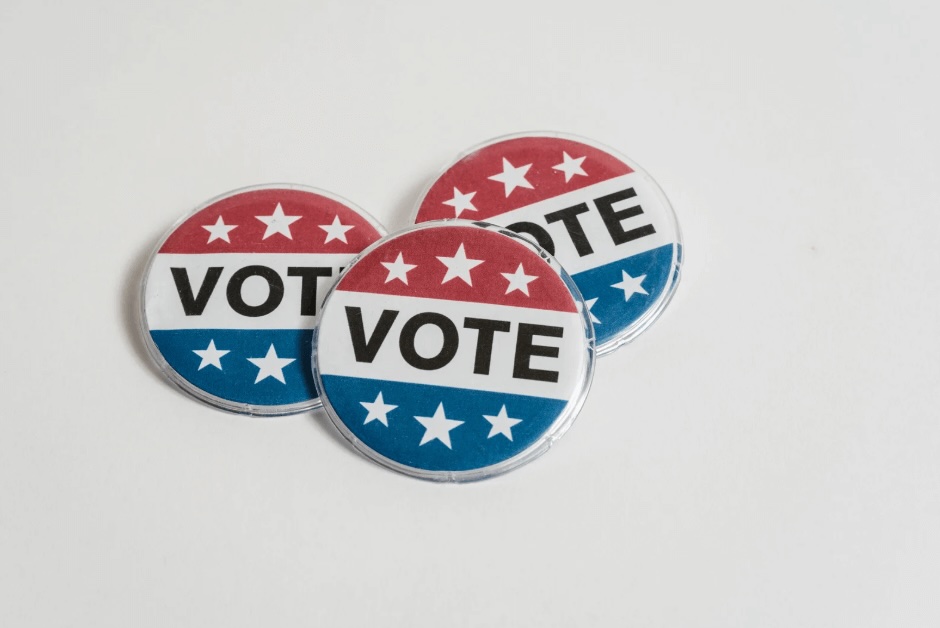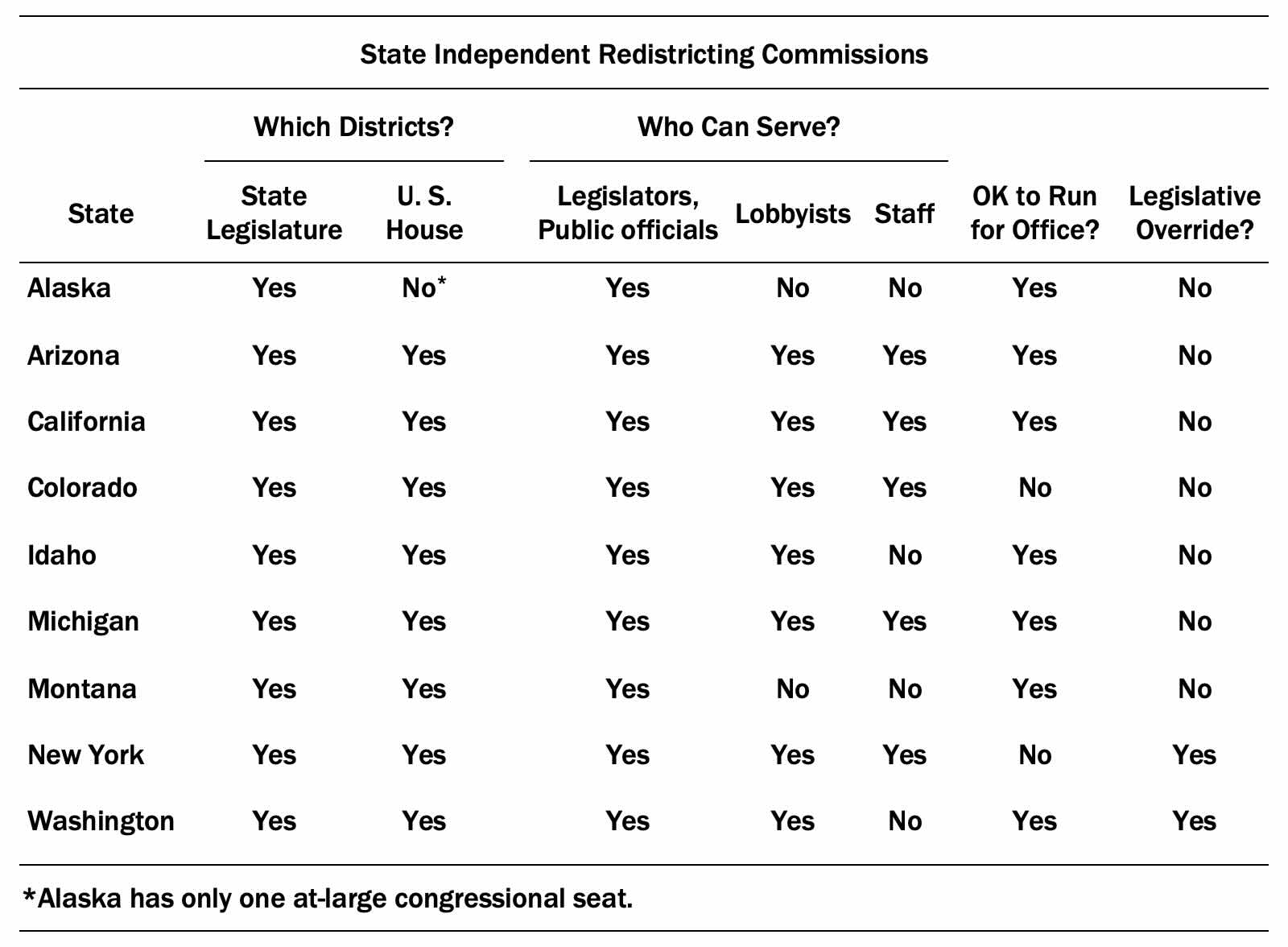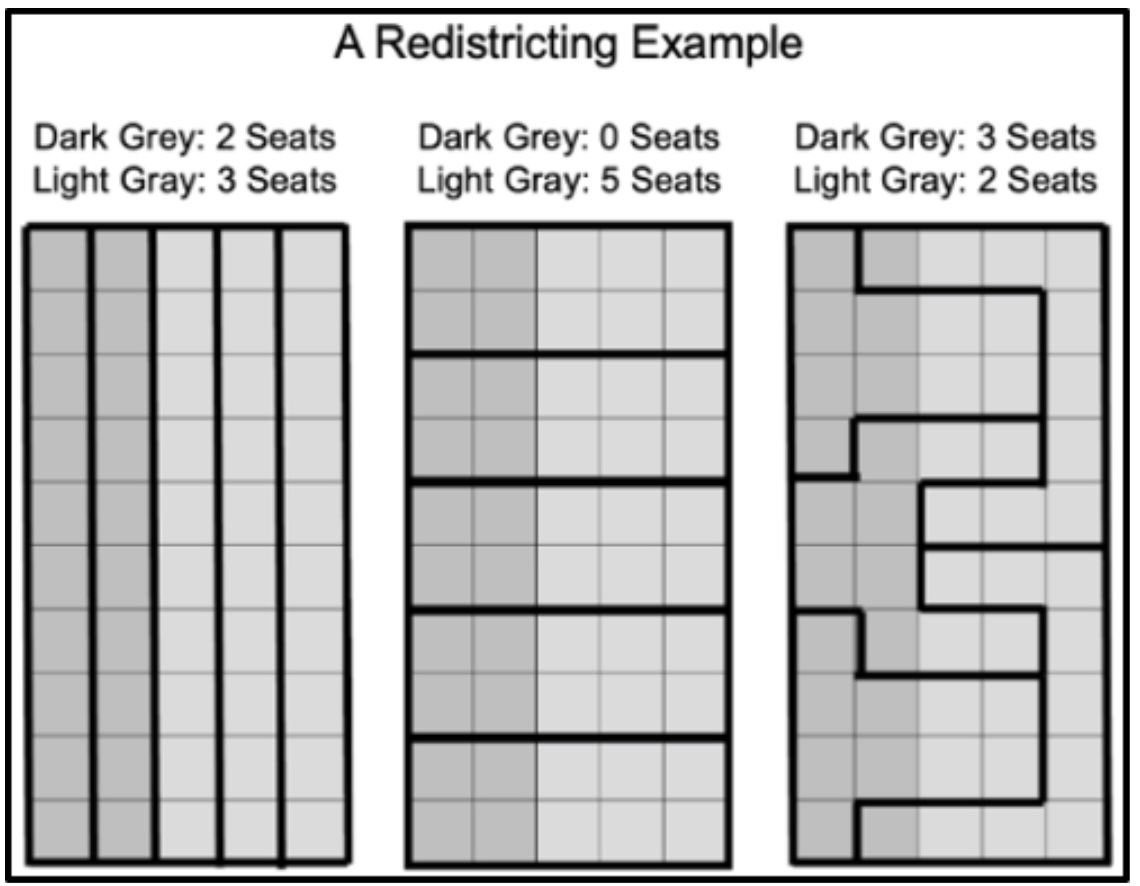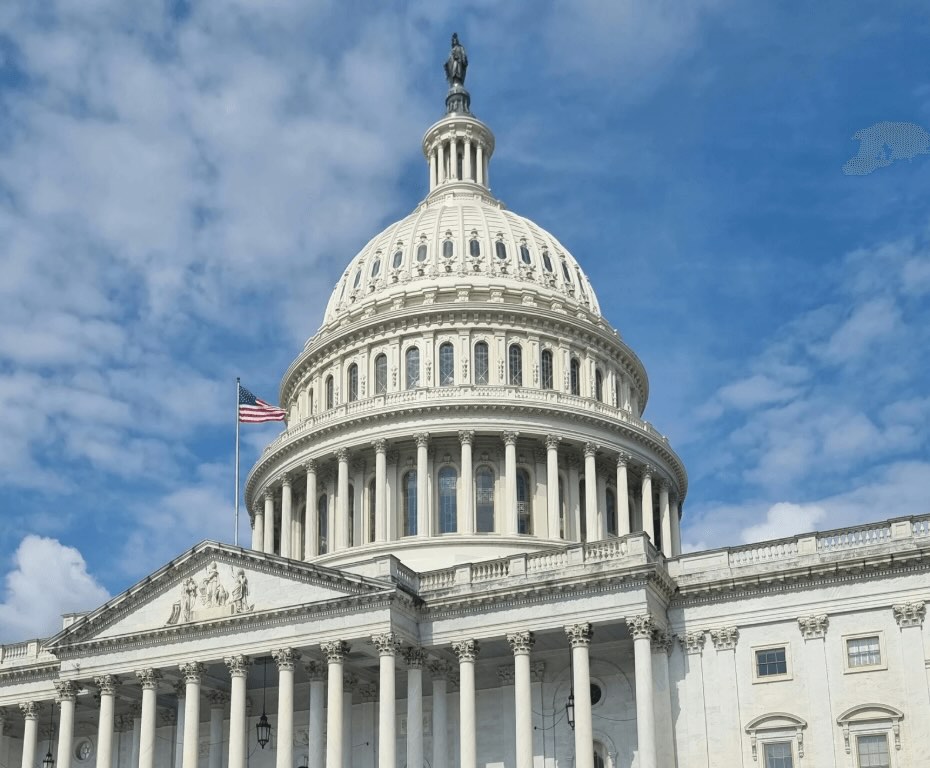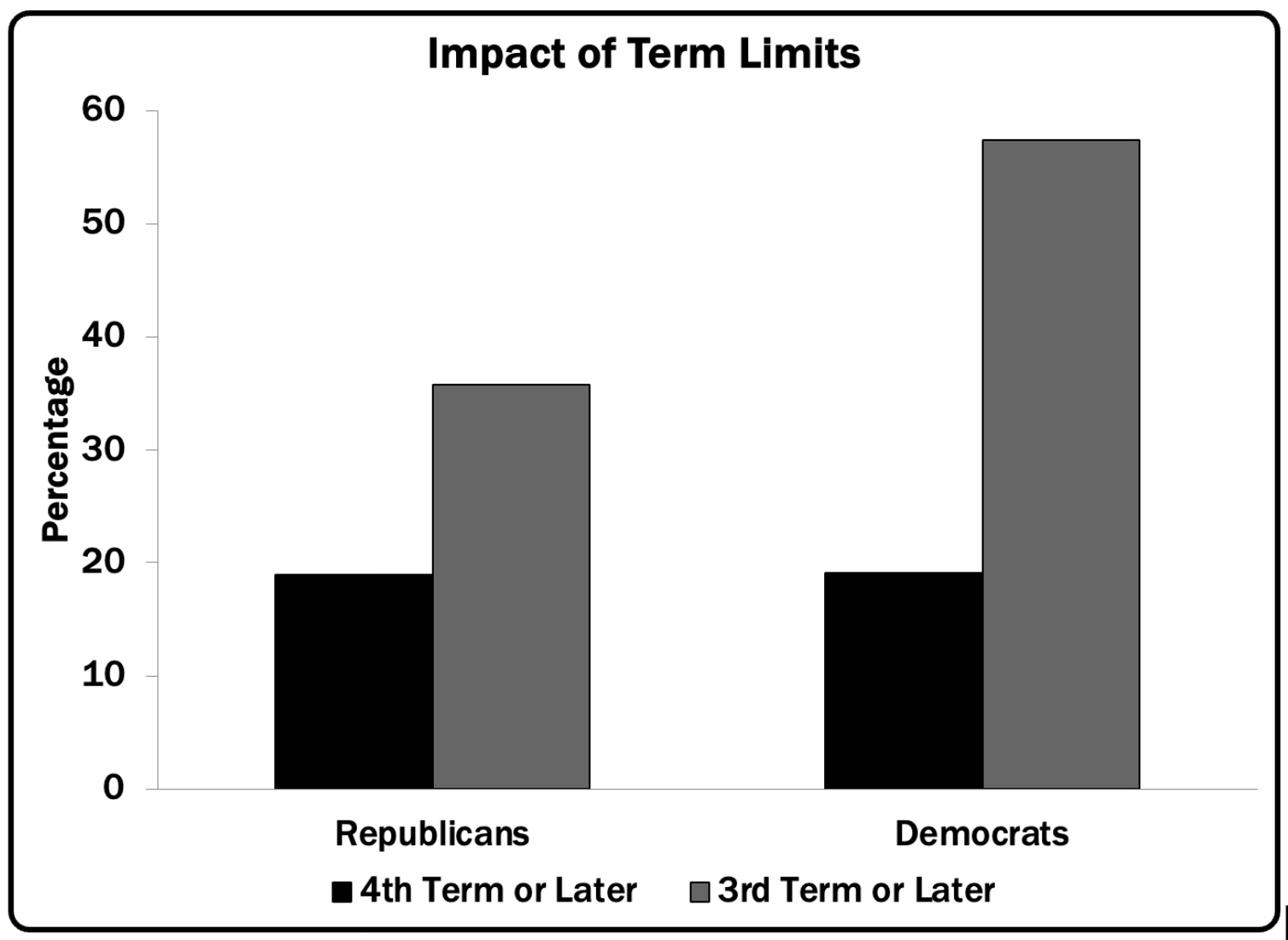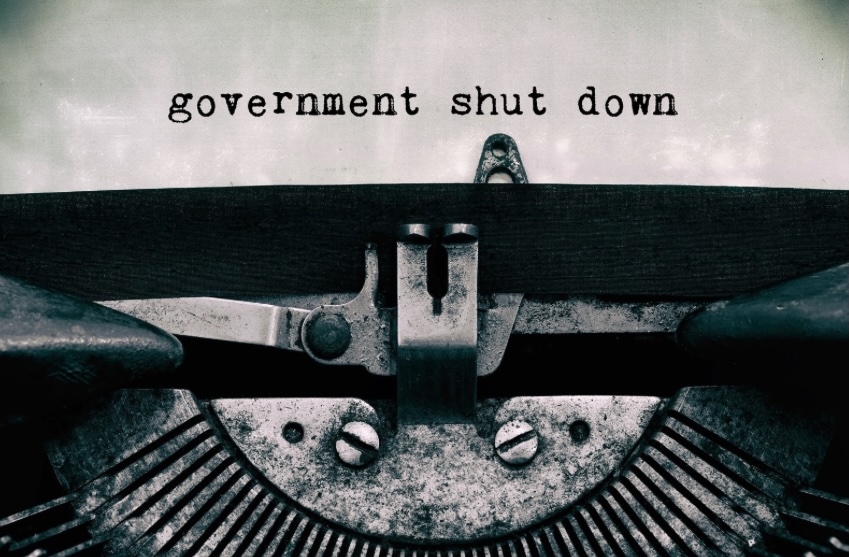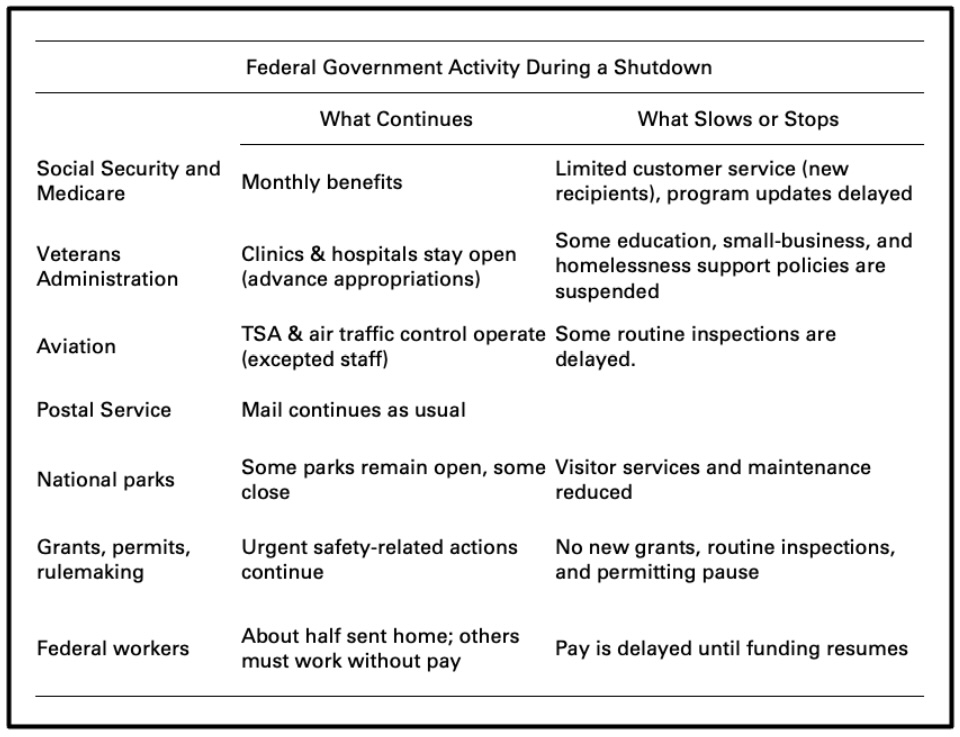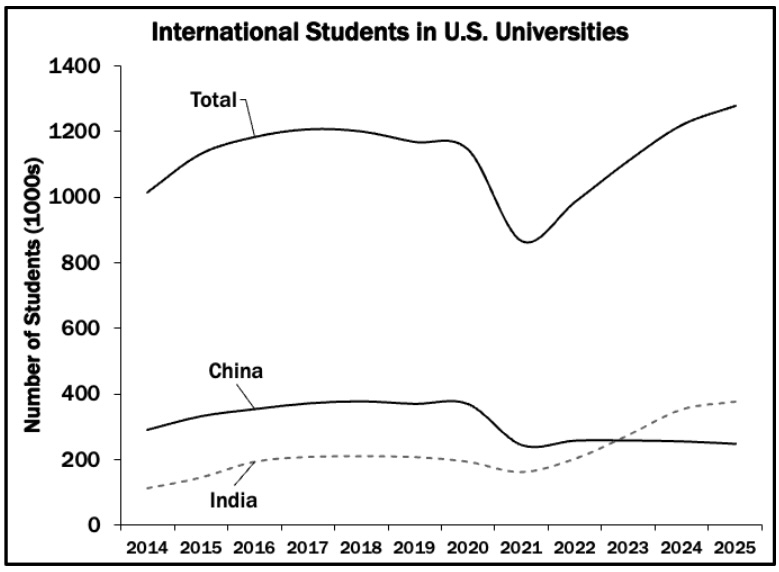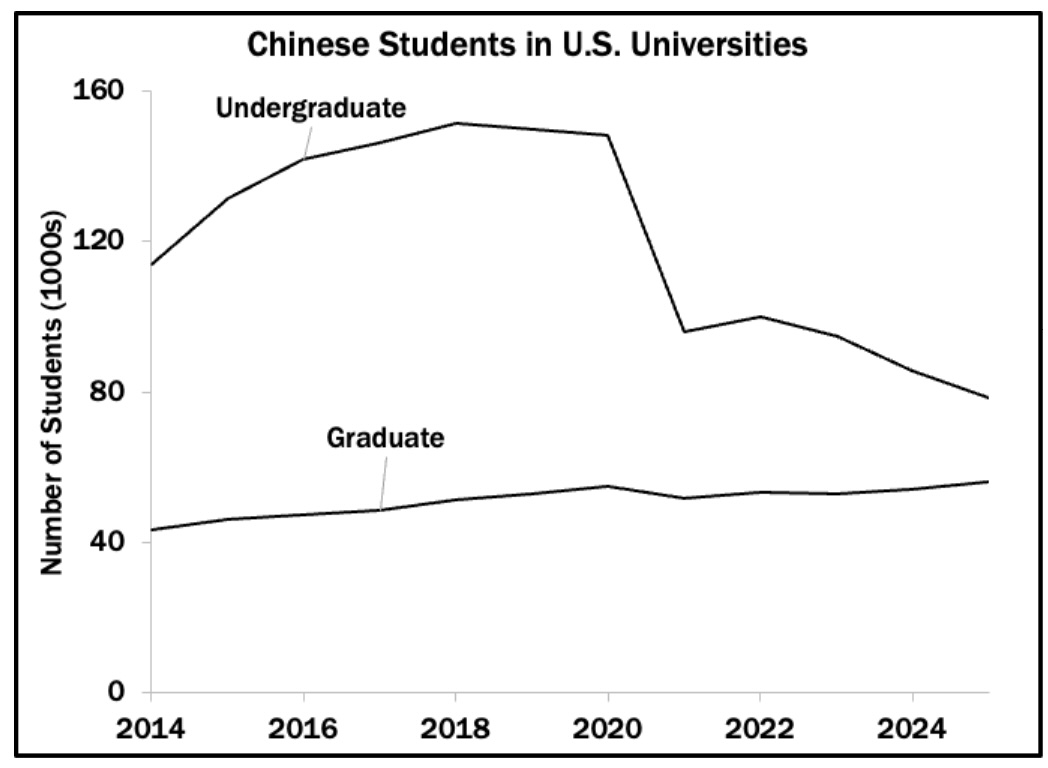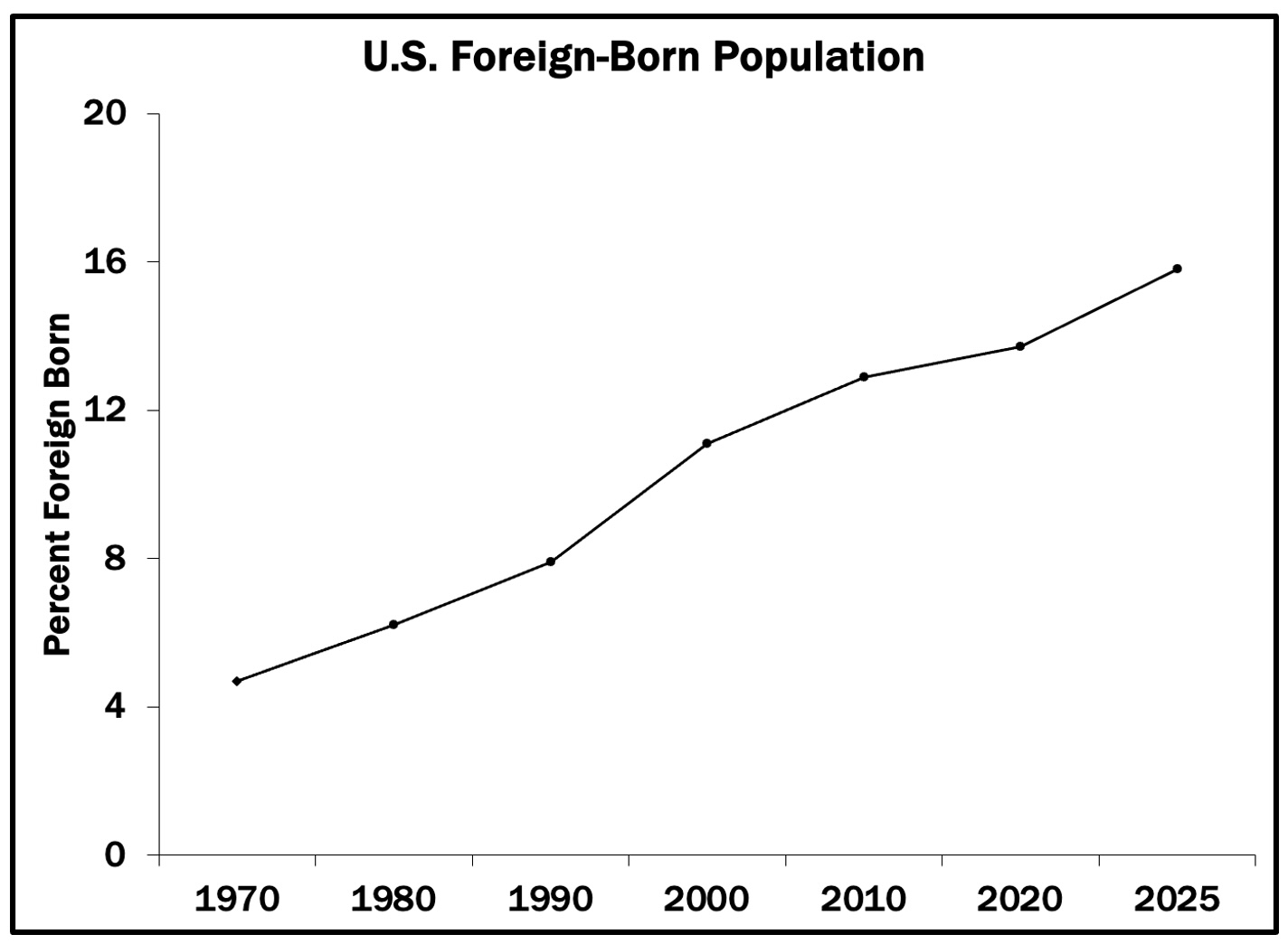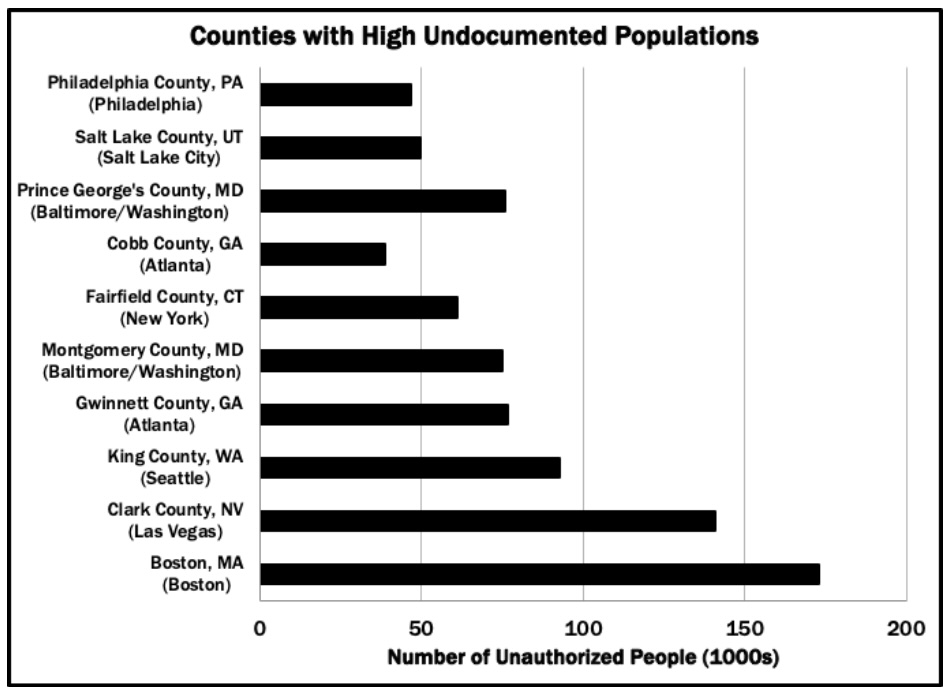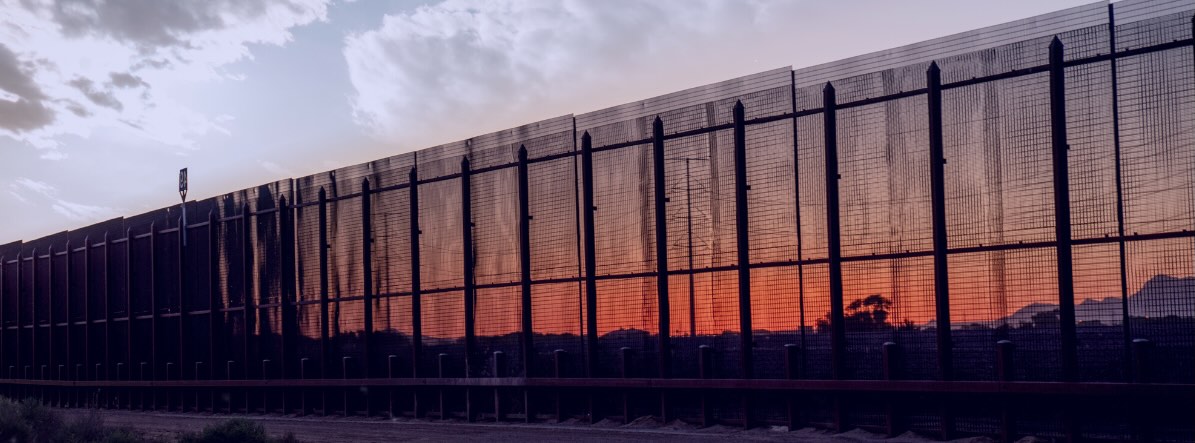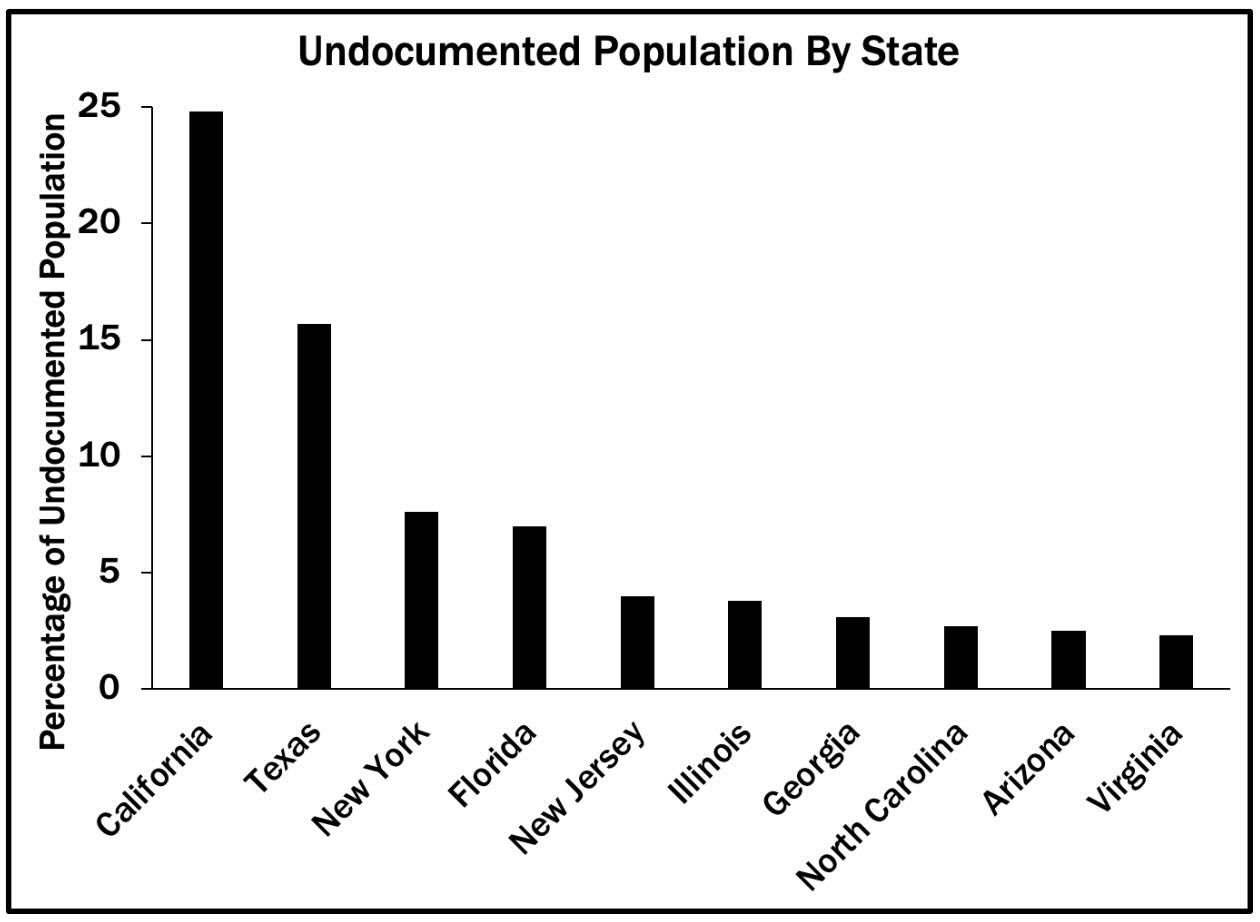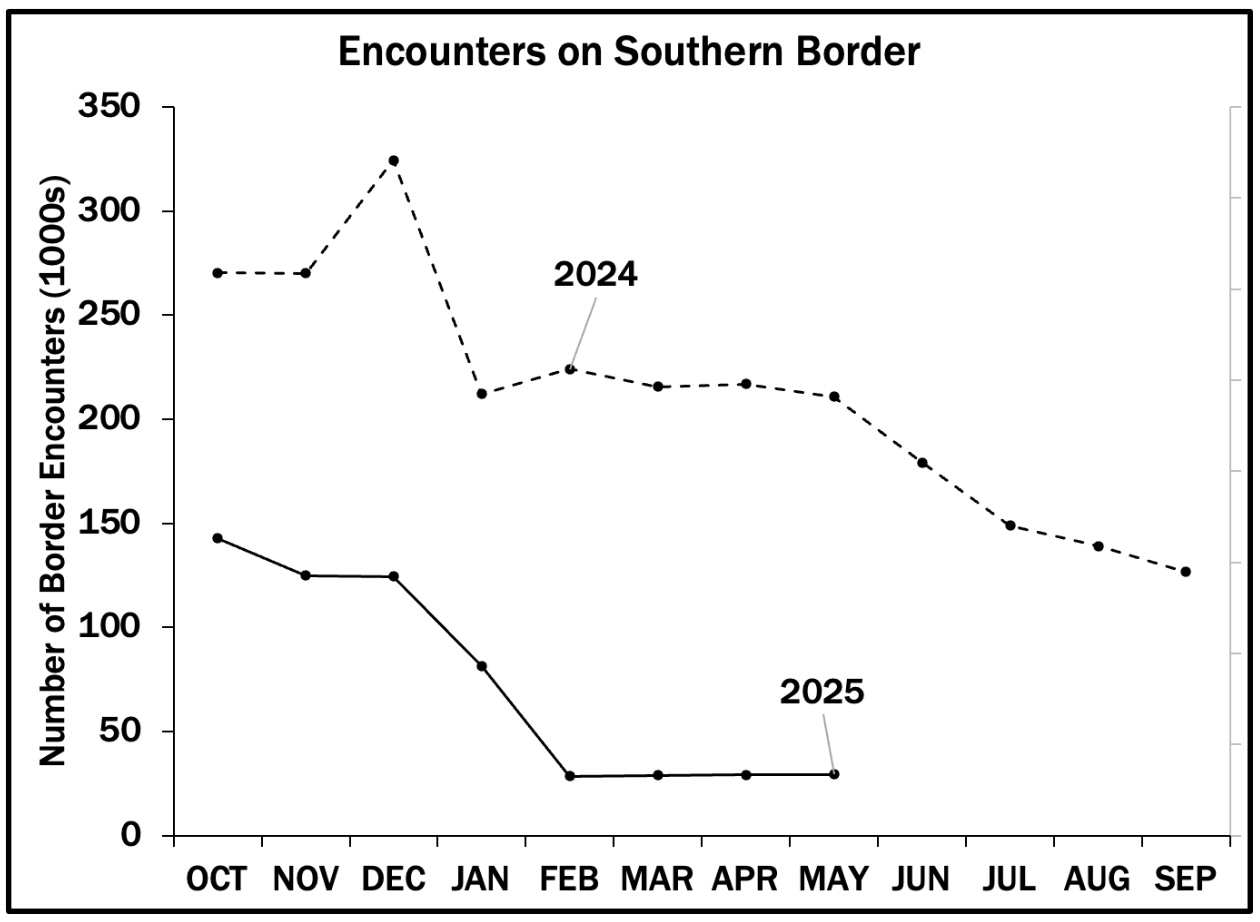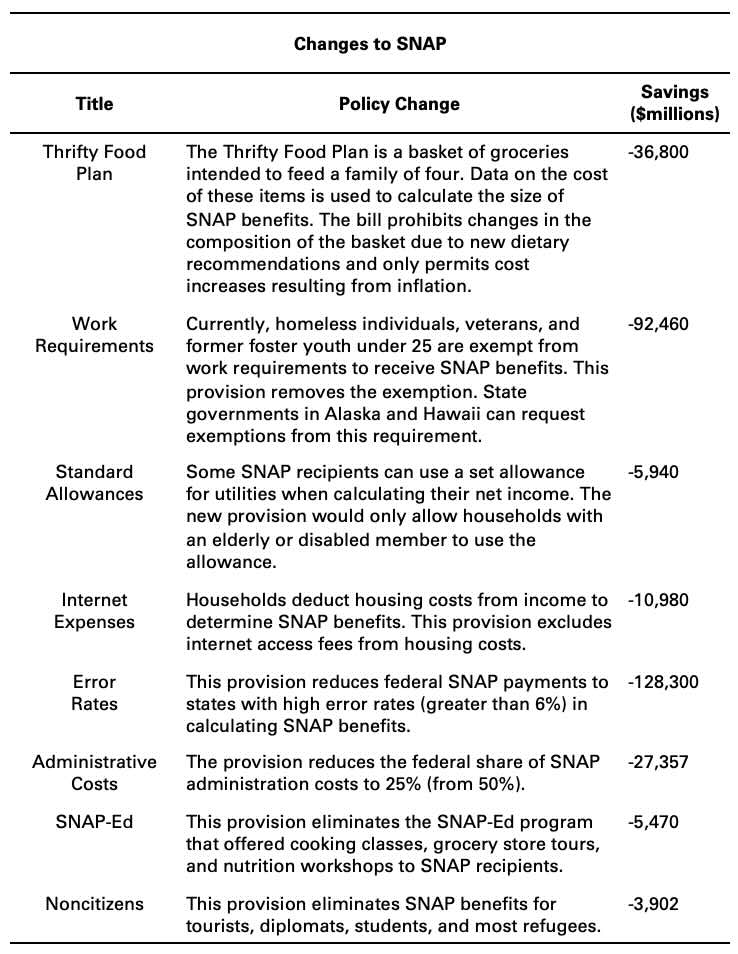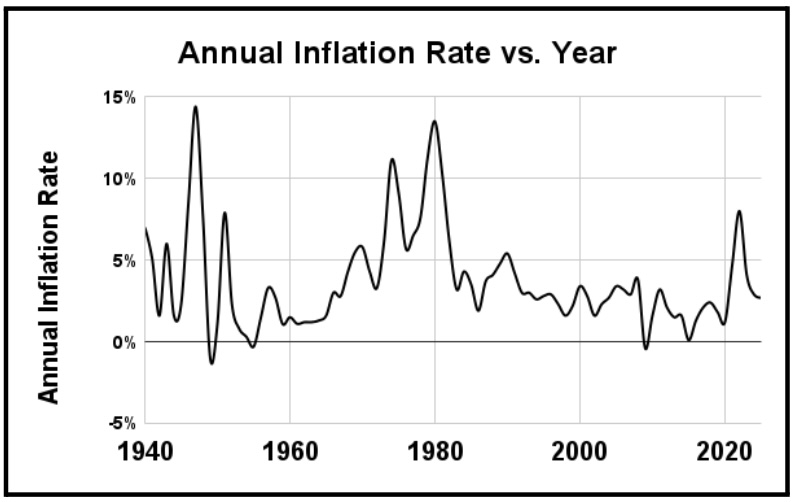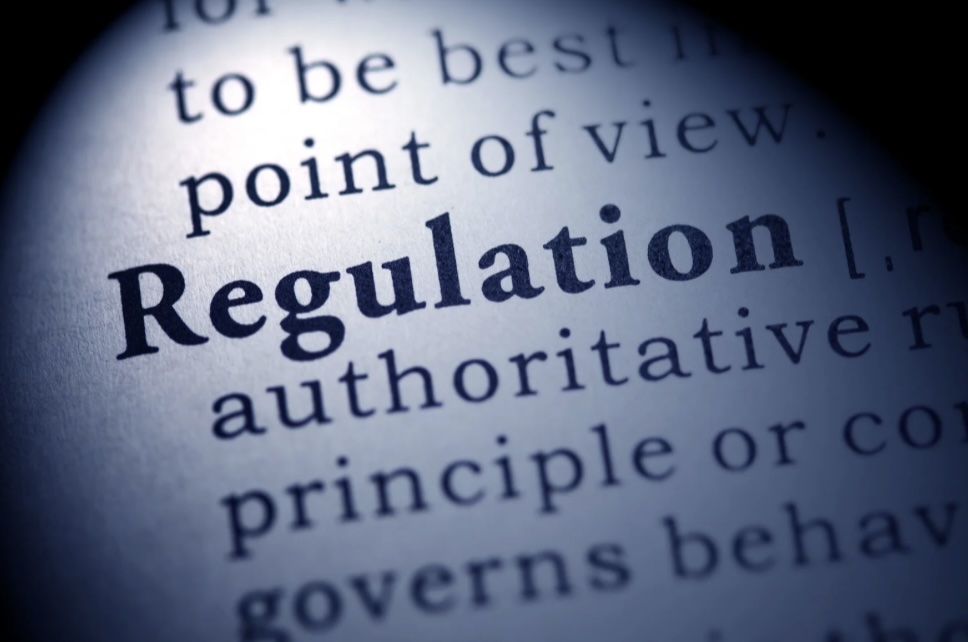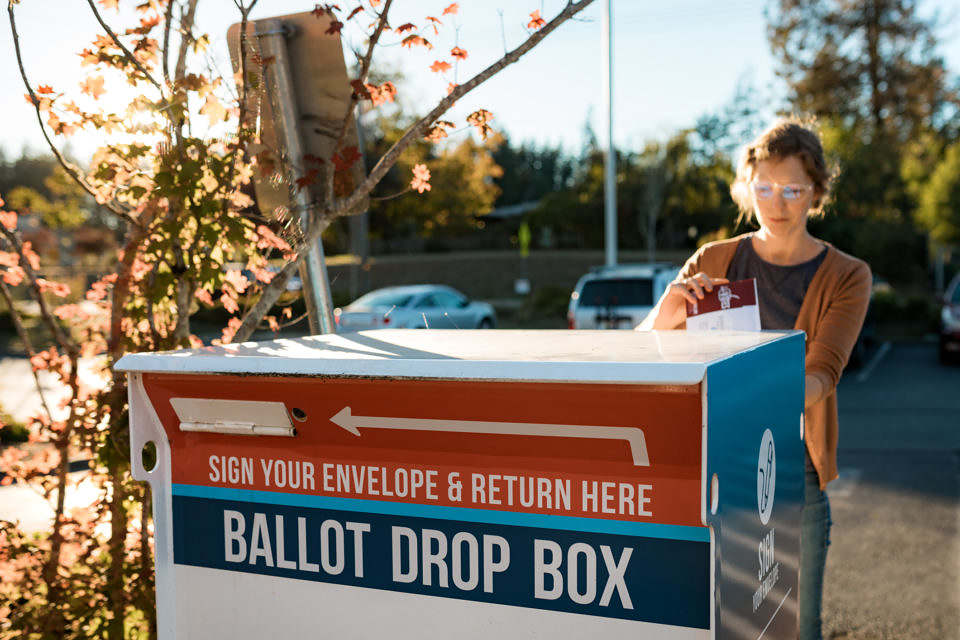What are ACA Subsidies?
The ACA created insurance exchanges where individuals and families can purchase health insurance. The goal was to reduce the number of uninsured people in two groups: (a) people who have low incomes, but who make too much to qualify for Medicaid (the federal health program geared towards people with limited income and resources) and are too young to qualify for Medicare (the federal health program for Seniors and certain younger people with specific conditions), and (b) people who exceeded certain limits above the federal poverty level (FPL) but who did not have access to health insurance from their employer.
In the current ACA exchanges, insurers offer different levels of insurance. The highest-cost Gold plans offer the highest level of coverage and low deductibles; the cheaper Silver plans offer fewer benefits and higher deductibles; and the cheapest Bronze plans offer the least benefits and the highest deductibles. Individuals choose a plan, and the subsidies are paid directly to the insurer.
The ACA included subsidies to reduce the cost of insurance to many of these individuals. Initially, subsidies were available to households with incomes between 100% and 400% of the FPL, which is currently about $32,000 to $128,000 for a family of four. These subsidies were designed as a sliding-scale benefit so that lower-income households received larger subsidies than higher-income households.
Congress expanded the ACA subsidies during the COVID pandemic as part of the American Rescue Plan, enacted in 2021. Individuals and families with incomes below 150% of the FPL can receive free Silver-level coverage. Moreover, individuals and families with incomes above 400% of the FPL can receive a subsidy if a Silver-level plan would cost more than 8.5% of their income. Subsidies were also added for gig workers and early retirees. However, these expanded subsidies were set to expire on December 31, 2025.
What is the impact of the ACA subsidies?
After the enhanced ACA subsidies were established in 2021, the number of individuals receiving insurance through the exchanges increased significantly (by about 10 million, or 3% of the population), as shown below.
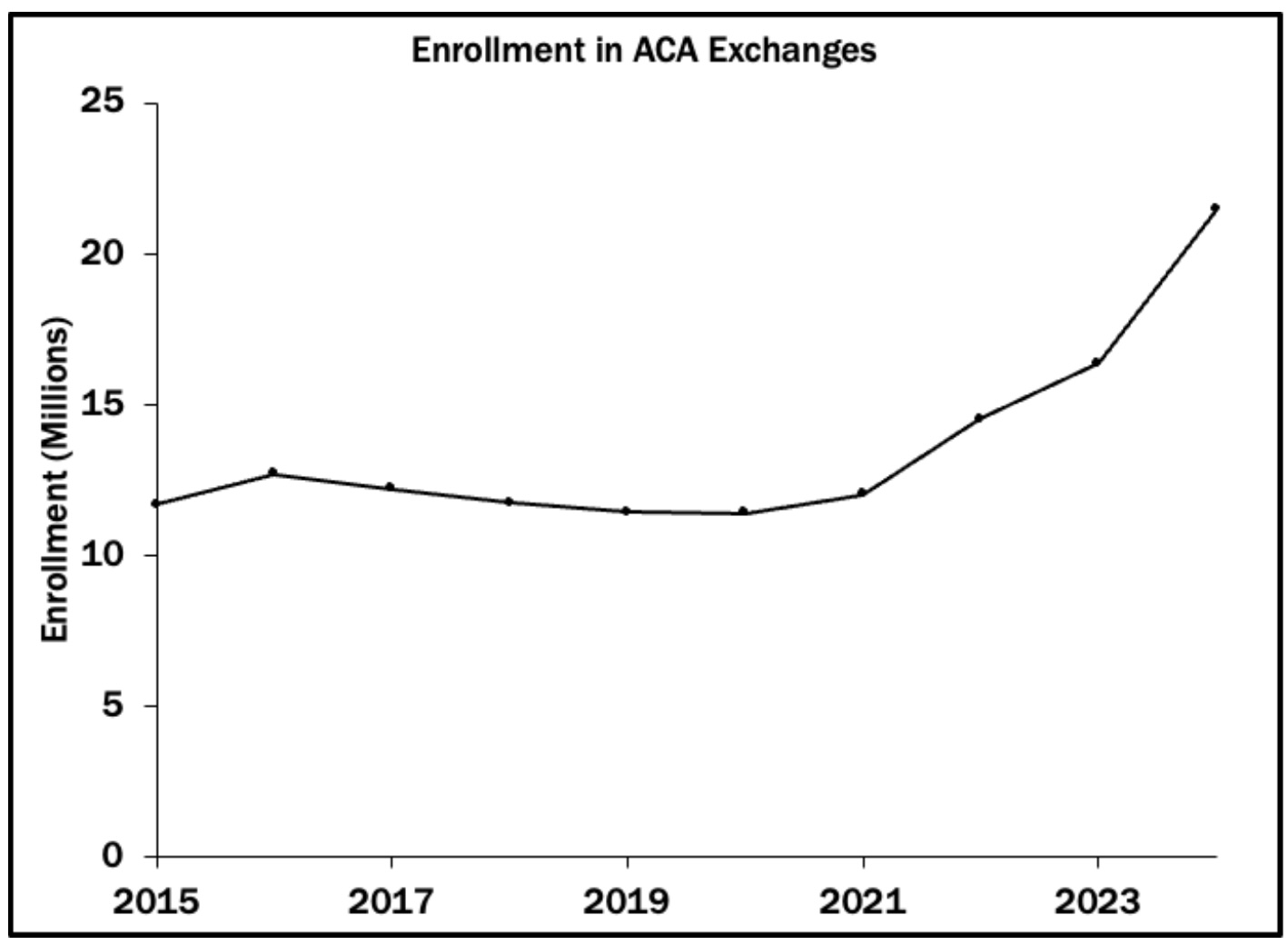
However, data from the Kaiser Family Foundation shows that the uninsured rate in the U.S. declined only somewhat, from 9.2% in 2020 to 7.9% in 2023, suggesting that about half of the new enrollees previously had insurance from another source (such as an early retiree who received insurance from their employer prior to their retirement).
Because ACA recipients have to re-select a plan each year, insurers have already begun sending notices detailing 2026 rates that do not include subsidies. In some cases, recipients face significant premium increases, up to 50-100% above their current payments.
The actual increase recipients will pay depends on which plan they select. For example, someone facing a higher Silver plan cost might choose a Bronze plan or a lower-cost Silver plan instead. It is also the case that health insurance costs are rapidly increasing for all Americans, meaning some of the ACA premium increases are due to higher health care costs rather than reduced subsidies.
The main objections to extending the current subsidies are (a) they are estimated to cost the federal government about $1.1 trillion over the next decade, which is about 10% of total federal health care spending, (b) the subsidies were not originally designed to be permanent, and (c) the availability of subsidies means that recipients have a smaller incentive to comparison-shop for the most-effective, cheapest plan, and insurers have less of a reason to compete by offering lower prices.
The Takeaway
Health insurance subsidies created during the COVID pandemic are set to expire on December 31, 2025.
There are sharp tradeoffs faced when designing social policies. Adding the subsidies has increased the number of Americans using the exchanges by about 3%, or 10 million individuals, and reduced the uninsured rate by about 1.3%.
This increase in insurance coverage, however, comes at a cost: a healthcare system that may otherwise lack strong incentives for insurers to improve efficiencies and drive down premiums, the direct cost on tax payers absorbing the subsidies, and the forgone opportunity cost of spending these funds elsewhere, whether in health care or another area, reducing taxes, or paying down the national debt.






